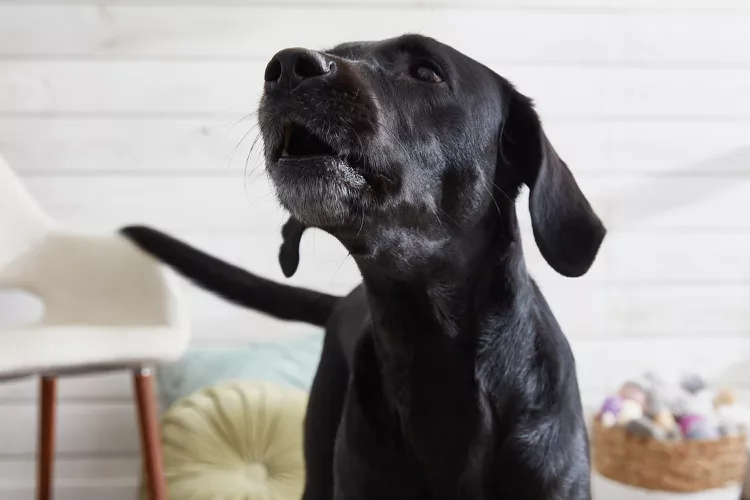How to Train Your Dog to Speak or Be Quiet

Teaching your dog to "speak," or bark on command, can be fun as well as useful: It's a fun trick to show family and friends, and can also ward off intruders. While excessive barking can be a huge problem, teaching the speak and quiet commands with dedication and consistency can both sharpen your dog's natural instinct and allow you to stop your dog from barking when needed.
Different dog trainers and owners have varying techniques, but the basic methods explained below work for many dogs.
Before You Get Started
To start the training, you will need some small and delicious dog treats or your dog's favorite toy. Rewards should be immediate and very valuable. You need to make the action worth it to your dog. Small liver treats, chicken pieces, or similar training treats work best.
You will also need a barking stimulus such as a doorbell or someone to knock on the door.
Train Your Dog to Be Quiet
It is a good idea to start with the quiet cue and make sure your dog knows it before moving on to the bark cue. Some like to teach the two cues together to begin with. This is your choice; it is about your comfort level, confidence, and the dog's ability to learn. Use your best judgment. Dogs with a tendency to become "excessive barkers" might need to learn the quiet command first.
Choose one simple word for the quiet command. This cue word should be easy to remember and used consistently. Good choices include "enough," "quiet," and "hush."
- Create a situation that will cause your dog to bark. The best method is to have someone ring the doorbell or knock on the door. Or, you may be able to get your dog very excited to cause barking. Sometimes seeing another dog can bring on barking as well.
- When your dog barks, briefly acknowledge it by checking for the source (look out the window or door). Then, go back to your dog and get its attention (you might try holding up the treat or toy).
- After the barking stops, give your dog the toy or treat.
- Repeat these steps and gradually wait for slightly longer periods of silence each time before giving the treat.
- Once your dog has remained quiet a few times, add the cue word you have chosen. While your dog is barking, say your quiet command in a firm, audible, and upbeat voice while holding up the reward. Give your dog the reward when the barking stops.
- Practice the "quiet" cue frequently. You can do this anytime your dog barks, but keep training sessions brief.
How to Train Your Dog to Speak
Once your dog seems to understand the quiet cue, it is time to move onto the bark command. Choose one simple word for the bark command. The word should also be easy to remember and used consistently, such as "speak," "bark," or "talk." You can make up your own word or short phrase, but make sure it doesn't sound too much like another cue word or your dog's name.
- Once again, get your dog to bark naturally.
- As your dog barks, say your cue word in a clear, upbeat voice.
- Praise your dog and give it a treat or toy.
- Repeat the speak command process several times until your dog seems to understand.
- Once your dog learns the speak and quiet commands separately, you can use them together. Have your dog speak a few times, then tell it to be quiet.
More Tips for Training Your Dog
- Teaching the speak command only works on dogs that will bark. If you are training a puppy, wait until it develops the ability and desire to bark. The Basenji dog breed does not bark but sometimes make a yodeling sound.
- Clicker training also works very well when teaching the speak and quiet commands.
- To proof your dog's new skills, practice these commands in environments outside the home in varied situations like at the park or in the car.